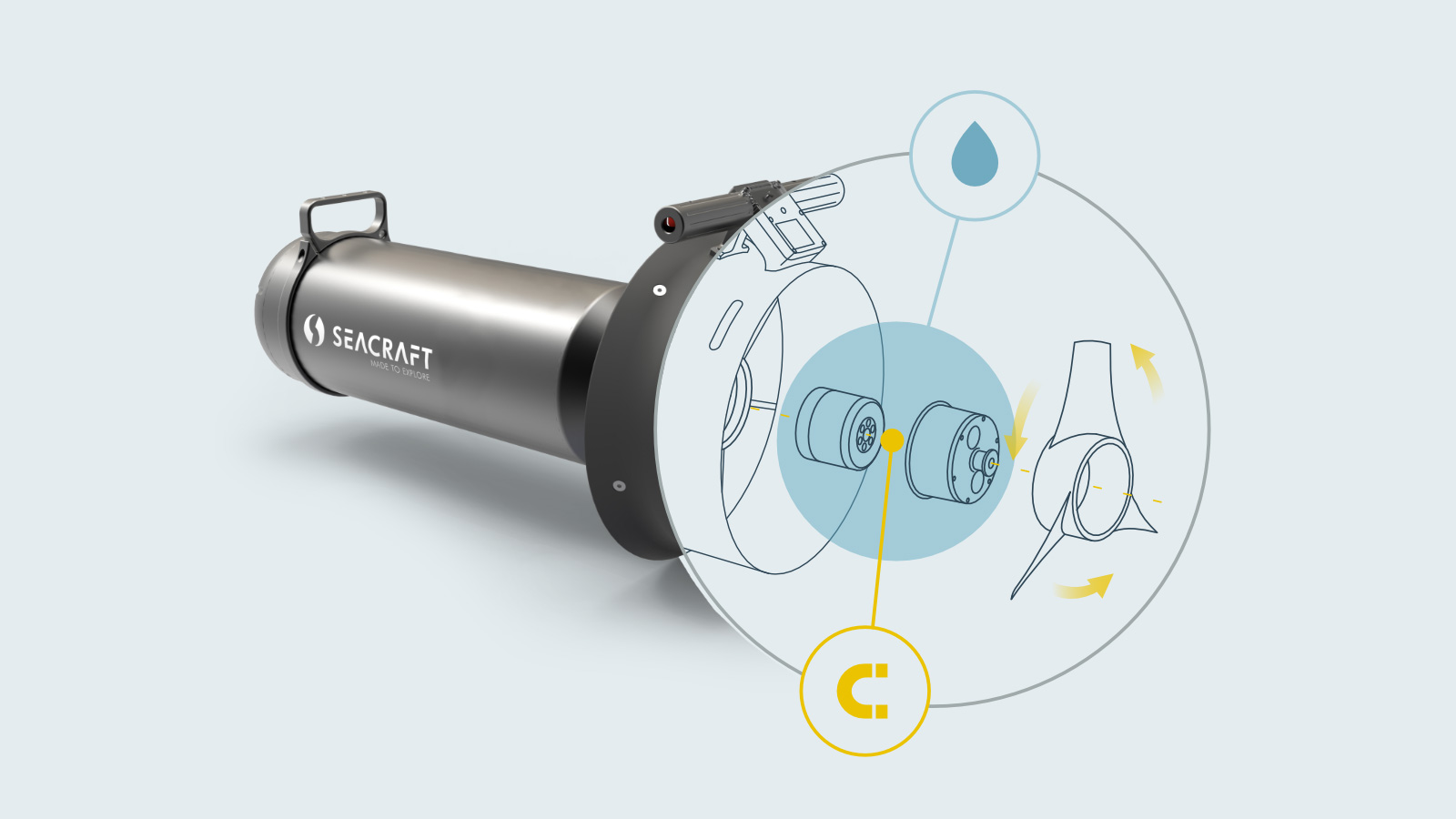I've learned from my Blacktip experience one of the most important factors to having a DPV that gets used is, for recreational divers, it needs to be capable enough, reliable enough, powerful enough and affordable enough so there is a community of divers who can go out together on DPVs for fun. With a robust community, you can also make new dive buddies outside your immediate circle of dive friends, and you also get a lot of innovation as far as add ons and improvements. It doesn't have to be the absolute greatest DPV, it just needs to be good enough. Readily available commodity batteries are great, because you can leverage large company R&D and manufacturing economies of scale. Open source ESC means you can leverage the collective ideas and efforts of many instead of trying to compete with much fewer resources, and you have a large pool of expertise to draw from for future bug fixes and new features. For the majority of divers out there, it's hard to find something that checks all the boxes better than the Blacktip that is attainable




